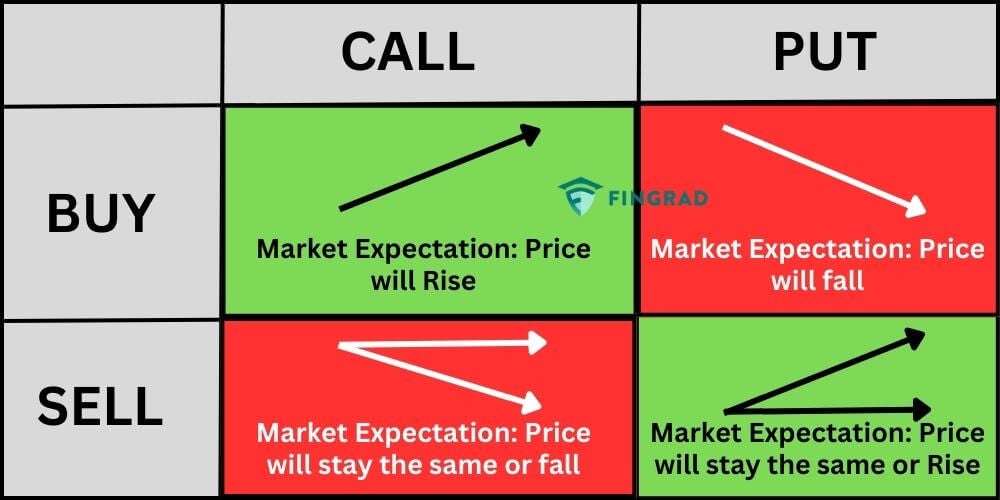In the realm of financial markets, where opportunities abound and risks endure, option trading emerges as a potent tool to navigate volatile waters. Whether you’re a seasoned investor or a curious novice, understanding the fundamentals of option trading is essential for harnessing its transformative potential. This comprehensive guide will unveil the intricacies of this dynamic financial instrument, empowering you with the knowledge to make informed decisions and embark on a journey of financial growth.

Image: tradebrains.in
What is Option Trading: A Gateway to Financial Versatility
Option trading is a versatile financial strategy that revolves around contracts that grant the buyer the right, but not the obligation, to buy (call option) or sell (put option) an underlying asset at a predetermined price and expiration date. This inherent flexibility distinguishes options from traditional investments and opens up a world of possibilities for investors seeking tailored risk-reward profiles.
Understanding the mechanics of options requires familiarity with key terms. The “strike price” represents the agreed-upon price at which the underlying asset can be bought or sold, while the “expiration date” marks the deadline for exercising the option. The “premium” is the price paid upfront to acquire the option contract, which entitles the holder to the potential benefits and risks associated with the underlying asset.
Types of Options: Embracing Diversity in Financial Strategies
The world of options is a tapestry of diverse types, each designed to cater to specific financial objectives. Call options, as mentioned earlier, grant the buyer the right to purchase the underlying asset at the strike price before the expiration date. Conversely, put options empower the buyer to sell the underlying asset at the strike price within the specified timeframe.
Within these two primary categories, further variations exist. “At-the-money options” have a strike price equal to the current market price of the underlying asset, “in-the-money options” have a strike price that is favorable to the buyer, and “out-of-the-money options” have a strike price that is unfavorable to the buyer. Each type carries its own advantages and risks, fostering strategic diversification within the option trader’s toolkit.
Call versus Put Options: Defining Your Financial Destiny
The choice between call and put options hinges upon the trader’s market outlook. Call options are favored when anticipating an upward trend in the underlying asset’s price, as they bestow the right to buy the asset at a price locked in at the time of purchase. Conversely, put options find favor in scenarios where a decline in asset price is anticipated, providing the holder with the opportunity to sell the asset at a favorable price despite market fluctuations.

Image: www.investopedia.com
Option Greeks: Deciphering the Language of Option Sensitivity
To navigate the dynamic world of options, it is imperative to grasp the intricacies of option Greeks. Greeks are mathematical measures that quantify the sensitivity of an option’s price to changes in various underlying factors, such as the asset’s price, volatility, time to expiration, and interest rates.
Among the most crucial Greeks are Delta, Gamma, Theta, and Vega. Delta measures the rate of change in an option’s intrinsic value relative to the underlying asset’s price. Gamma captures the impact of Delta’s change in response to underlying asset price fluctuations. Theta measures the time decay of an option’s value as the expiration date approaches, while Vega quantifies the sensitivity of an option’s price to changes in implied volatility. Understanding and utilizing Greeks empowers traders with the ability to refine their option trading strategies and optimize their risk-reward ratios.
Fundamental Of Option Trading

Image: corporate.cyrilamarchandblogs.com
The Power of Leverage: Unlocking Exponential Returns and Risks
One of the primary attractions of option trading lies in its potential for leverage, the ability to amplify returns relative to the capital invested. While






